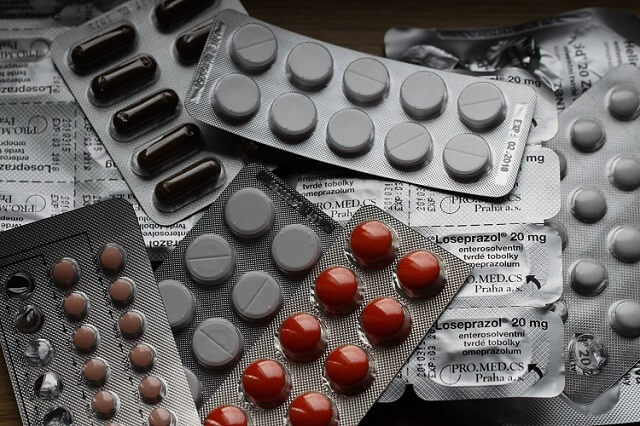From colouring to packaging, titanium dioxide plays an essential role at all stages of a pharmaceutical product’s lifecycle.

While titanium dioxide (TiO2) has long been a crucial ingredient in countless consumer and industrial goods, the role it occupies in the pharmaceutical industry is arguably its most vital.
As a pure mineral, TiO2 meets the most stringent of requirements governing the safety of medicines, including those set by the European pharmacopoeia, Japanese pharmacopoeia and US pharmacopoeia.
What some people may not realise about TiO2 in this setting, however, is that it goes by the same E171 additive number familiar to the food industry – that’s because pharmaceutical manufacturers adhere to the same food standards additive list, governed by the European Food Safety Authority (EFSA).
Exploring the science behind TiO2 and medicines
TiO2 performs a number of important functions that apply to all stages of a product’s lifecycle – from protecting the ingredients, to making a medicine easier to identify or take. This has made it indispensable to manufacturers over the course of a century, with top researchers finding a wide range of new applications for this one mineral.
Some key examples include:
1. Pigment – whether it is used to add whiteness or accentuate the boldness of other colours, TiO2 helps tablets stand out for both medical professionals and patients. This is crucial for people with limited eyesight, or when different strengths of the same medication are available – as is the case with common blood thinner Warfarin, where four separate colours denote different dosages.
2. Coatings – in this application, TiO2 is an essential component of the protective coating necessary to preserve the safety, efficacy and quality of the active pharmaceutical ingredient, and to provide shelf-life stability. TiO2 offers protection for photosensitive ingredients – which could be damaged by visible light – and also ingredients that may be vulnerable to Ultraviolet (UV) light degradation.
2. Packaging – TiO2’s ability to scatter light and absorb UV rays means it is routinely incorporated in the packaging of medicines to maintain shelf life and prevent any premature degradation from moisture, heat or light. This sees it widely used in protective films for tablet strips and blisters, as well as in external cartons.
What are the issues surrounding the use of TiO2?
As a non-toxic mineral and food additive, the European Food Safety Authority officially governs the use of E171 and declared it safe to ingest in September 2016, and reaffirmed its position in June 2018. In France, a ban on placing E171 on the French market is being considered, based on evidence generated in rat studies – although the French Agency for Food, Environmental and Occupational Health & Safety (ANSES) has said that this cannot be applied to humans.
How big an impact would any restrictions on E171 have?
For decades, TiO2 has built up an impressive safety record within the pharmaceutical industry in its use as the colorant E171. Additional restrictions on the use of TiO2 in pharmaceutical products would have very significant consequences, with the industry required to undertake a mammoth effort to reformulate the vast majority of products currently on the market.
Strict R&D tests would make this a costly, long-term proposition in terms of development, but also in terms of the repackaging of medicines and the disposal of out-of-date and waste medicines, which would now be classed as toxic waste. The scale of such a reformulation effort means that some medicines may well be withdrawn from sale altogether. Even securing exemptions would be costly.
If restrictions are implemented, and if the pharmaceutical industry cannot find a suitable alternative, then major disruption of the industry may result. That may require reformulation, re-evaluation, and re-approval of the drug delivery form – a long and expensive process. It may also require new forms of packaging with potentially shortened shelf life. Ultimately, patients relying on these products for their health could see negative impacts in access to – and in the use of – medication.
Source: https://tdma.info/
